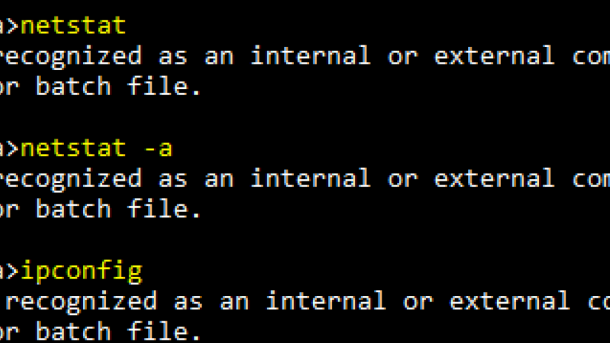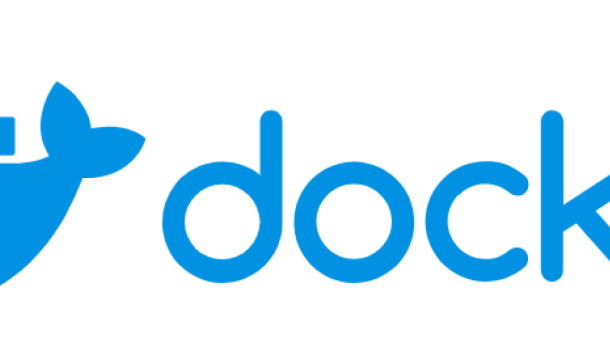Embark on a transformative journey into the world of cloud computing with our comprehensive Bootcamp Training program.
Return on Investment in Cloud Computing Bootcamps
Return on Investment (ROI) in **Cloud Computing Bootcamps** can be significant for individuals looking to advance their careers in the tech industry. With the demand for skilled professionals in cloud computing on the rise, investing in training can lead to higher earning potential and better job opportunities.
By enrolling in a **Cloud Computing Bootcamp**, individuals can gain hands-on experience with popular platforms such as **Microsoft Azure** and **Amazon Web Services**, as well as learn essential skills like system administration and authentication. This knowledge can help them secure roles as cloud engineers or architects, with competitive salaries in the **United States**.
According to **Glassdoor**, the average salary for cloud engineers is above the national average, making it a lucrative career path for those with the right skills. Additionally, bootcamps offer a supportive learning environment with peer support and active learning techniques to help students succeed.
With a focus on practical skills and real-world projects, **Cloud Computing Bootcamps** can provide a high return on investment for those looking to enter the fast-growing field of cloud computing.
Ranking Criteria for Cloud Computing Bootcamps
| Criteria | Description |
|---|---|
| Curriculum | Relevance and comprehensiveness of the course material |
| Instructors | Experience and expertise of the teaching staff |
| Hands-on Experience | Opportunities for practical application of concepts learned |
| Networking | Connections and opportunities for career advancement |
| Flexibility | Options for part-time, full-time, online, or in-person learning |
Tips for Succeeding in Online Cloud Computing Courses

– Stay organized by creating a schedule and sticking to it, breaking down the coursework into manageable chunks.
– Engage with the online community for peer support and to exchange ideas and resources.
– Take advantage of any practice exams or quizzes provided to test your knowledge and prepare for assessments.
– Be proactive in seeking clarification from instructors or classmates if you’re struggling with a concept.
– Stay current with industry trends and developments by following relevant blogs or joining online forums.
– Practice hands-on with cloud computing platforms like Microsoft Azure or Amazon Web Services to solidify your understanding.
– Consider pursuing additional certifications or specialized training to enhance your marketability in the field.
– Network with professionals in the industry through platforms like LinkedIn to explore job opportunities and stay informed about the latest advancements.
– Stay committed to continuous learning and improvement to stay competitive in the rapidly evolving field of cloud computing.
Cost Considerations for Cloud Computing Courses
When considering the cost of cloud computing courses, it’s important to weigh the benefits against the expenses. Look for scholarships or tuition payment plans that can help offset the cost of training. Additionally, some employers may offer reimbursement for education that directly benefits your role as a system administrator or cloud engineer .
Research the average salary for professionals with cloud computing skills in your area to understand the potential return on investment. Websites like Glassdoor and ZipRecruiter can provide valuable insights into current market trends. Consider the curriculum of the course to ensure it aligns with your career goals and provides the necessary skills for success in the industry.
Keep in mind that the demand for cloud computing professionals is on the rise, with a projected compound annual growth rate of over 15%. Investing in your technology skills now can lead to lucrative opportunities in the future. Whether you choose a classroom setting or opt for online training, actively engaging with the material is key to mastering the concepts.
By carefully considering the costs and benefits of cloud computing courses, you can make an informed decision that will set you up for success in this rapidly evolving field.
Getting Prepared for a Cloud Computing Bootcamp
When preparing for a Cloud Computing Bootcamp, it is important to brush up on your knowledge of Linux as it is a key component of cloud computing technology. Familiarize yourself with basic Linux commands and understand how to navigate the operating system efficiently.
Additionally, make sure to have a good grasp of networking concepts such as IP addressing, routing, and DNS. These are crucial for understanding how data flows within a cloud computing environment.
Practice setting up virtual machines and deploying web services on platforms like AWS or Azure. This hands-on experience will be invaluable during the bootcamp training.
Consider enrolling in online courses or tutorials to supplement your learning and gain a deeper understanding of cloud computing principles. There are many resources available for free or at a low cost that can help you prepare for the bootcamp.
Lastly, be prepared to immerse yourself in the material and actively participate in discussions and hands-on exercises. The more engaged you are during the training, the more you will benefit from it in terms of gaining the skills needed to succeed in a cloud computing career.
FAQs About Cloud Computing Courses
– What are the benefits of taking a cloud computing course?
– Cloud computing courses can provide you with valuable skills and knowledge that are in high demand in today’s job market.
– Whether you are looking to advance in your current career or switch to a new field, cloud computing training can open up a world of opportunities for you.
– How long does it take to complete a cloud computing course?
– The duration of cloud computing courses can vary depending on the program you choose.
– Some courses may be completed in a matter of weeks, while others may take several months to finish.
– Are there any prerequisites for enrolling in a cloud computing course?
– While specific requirements may vary from program to program, many cloud computing courses do not have strict prerequisites.
– However, having a basic understanding of computer systems and networks can be helpful.
– What career opportunities can a cloud computing course lead to?
– Completing a cloud computing course can open up a wide range of career opportunities for you.
– You may qualify for positions such as cloud engineer, architect, system administrator, or web service specialist.
– What is the average salary for professionals with cloud computing skills?
– Professionals with cloud computing skills are in high demand, and as a result, they often command competitive salaries.
– According to ZipRecruiter, the average salary for a cloud computing professional in the United States is $110,000 per year.
Topics Covered in Cloud Computing Bootcamps
Topics covered in Cloud Computing Bootcamps typically include fundamentals of cloud computing, virtualization technologies, cloud storage solutions, networking in the cloud, and security and compliance in the cloud environment.
Participants will also learn about cloud deployment models, cloud service models, cloud migration strategies, automation and orchestration tools, and monitoring and managing cloud infrastructure.
Additionally, hands-on labs and projects are often integrated into the bootcamp training to provide practical experience in building and managing cloud solutions.
Upon completion of the bootcamp, participants will be equipped with the skills and knowledge needed to pursue a career in cloud computing and contribute to the growing demand for cloud professionals in the job market.
Benefits of Obtaining a Cloud Computing Certification
– Obtaining a cloud computing certification can open up a world of opportunities in the tech industry.
– With the increasing demand for cloud computing professionals, having this certification can give you a competitive edge in the job market.
– Employers are looking for individuals with the necessary skills and knowledge to manage cloud-based systems effectively.
– Cloud computing certification can lead to higher-paying jobs and career advancement opportunities.
– By investing in your education and obtaining this certification, you are positioning yourself for success in a rapidly growing industry.
– University of Illinois Chicago offers comprehensive training programs to help you become a certified cloud computing professional.
– With hands-on experience and active learning techniques, you can develop the skills needed to excel in this field.
– Cloud computing certifications can also lead to opportunities for freelance work and consulting gigs.
– Stay ahead of the curve and boost your career prospects by enrolling in a cloud computing bootcamp training program today.















